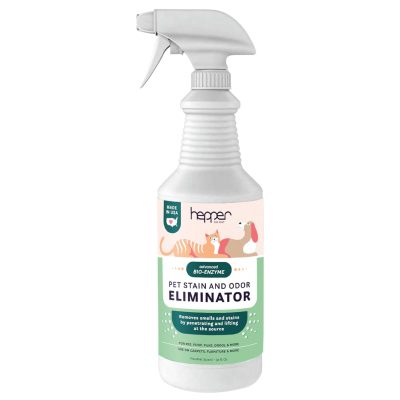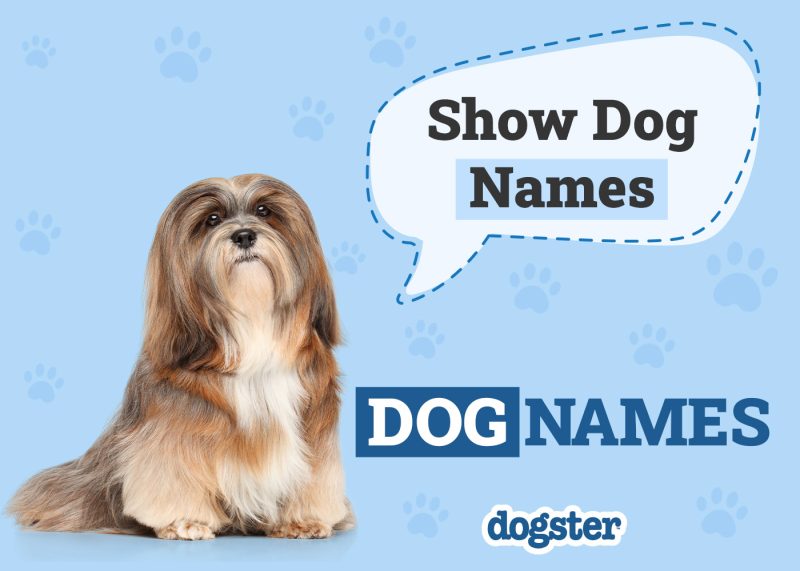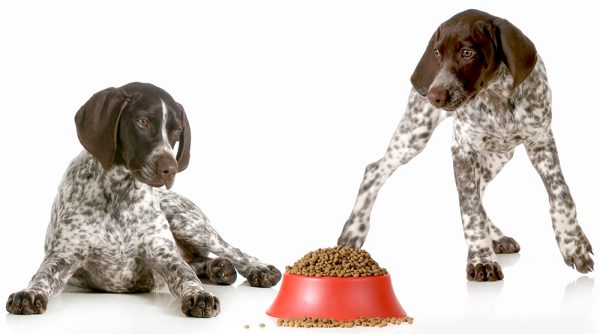There are many benefits to using artificial turf when you have a dog, and you can use it indoors or outdoors with great success. It is versatile, long-lasting, and not that expensive when you factor in your savings in other areas, like mowing. If you are on the fence about getting artificial turf, read on as we discuss the different types and pros and cons and explain how to use it, so you can see if it is right for you.
How Does It Work?
Artificial grass utilizes several components to create a durable and low-maintenance surface that can include a backing layer, infill, and grass blades.

Backing Layer
The backing layer is typically made from woven fabric or durable plastic. It will also usually have perforations that enable water to make its way into the ground instead of creating a puddle.
Infill
The infill is between the backing and the blades of grass. It can be crumbed rubber, sand, or a special pet-friendly material that helps keep the blades upright and adds cushioning. Certain infills may also have odor-neutralizing properties to manage pet waste smells.
Grass Blades
The grass blades are usually polyethylene, polypropylene, or nylon because these materials are durable and soft and look like natural grass. They might also have an antimicrobial coating to prevent bacteria growth. 
What Are the Different Types of Artificial Grass for Dogs?
Pile Height
Artificial grass is available in different heights, called pile height. Long grasses will be soft and can look quite natural, but they will also require a great deal of maintenance and are usually only suitable for low-traffic areas. A grass with a short pile height will be easier to clean and maintain, but it won’t be as soft and may not look as natural.

Weight
Companies measure weight in pounds of material per square yard. If the weight is for the grass fibers only, it is the face weight. If it is for the fibers and the backing, it’s the total weight. Be careful when comparing brands that you are using the same weight measurement, and know that the denser an artificial grass is, the more durable it will be.
Color
Color is another difference among the different brands, and it can range from a light lime green to a dark olive green. Choosing the right color can be vital when trying to get it to match your existing natural grass, or you may just have a preference for a certain color.


Where Is It Used?
Artificial grass can be ideal for replacing part of your yard if you have an active dog that tends to kill your natural grass as they run, play, and do their business on it. Many apartment buildings and condominium complexes have designated pet-relief or play areas outfitted with artificial grass to accommodate residents’ pets, and doggie potties for indoor use make use of synthetic grass to create a bathroom area for dogs that don’t have access to natural grass. Artificial grass can also help make patios and decks more comfortable for your pet, and you will often see it in dog parks, vet offices, training facilities, and commercial dog play areas.
- Artificial turf doesn’t require regular mowing, watering, or fertilization, making it a convenient and easy-to-maintain option for pet owners.
- Artificial grass eliminates mud, which means dogs won’t track dirt into the house after playing outside.
- High-quality artificial turf can withstand the wear and tear caused by dogs running and playing much better than natural grass.
- Artificial grass doesn’t create an ideal habitat for pests like fleas and ticks, which can help reduce the number of times that your pet encounters these parasites.
- Artificial turf is more environmentally friendly than natural grass because it doesn’t require any watering.
- Artificial grass can get hot in direct sunlight, which might be uncomfortable for pets during the warm months.
- Pet waste can cause artificial grass to have an odor without frequent cleaning and treatment with an enzyme cleaner.
- The upfront costs when purchasing high-quality artificial grass can be expensive, though it may save money in the long run on lawn care and maintenance.
- Certain artificial grass products may release volatile organic compounds, especially when they get hot from the sun, which could be harmful to your pet and even to humans.
It is crucial to frequently clean and treat artificial grass to ensure it remains in optimal condition and odor-free.
Our Favorite Cleaner Hepper Advanced Bio-Enzyme Pet Stain & Odor Eliminator Spray is our favorite all-purpose cleaner for pet messes. It permanently lifts the very worst stains and odors, making clean-up and accident prevention a breeze. Hepper offers a 100% guarantee, which is a great bonus! Learn more about it here. At Dogster, we’ve admired Hepper for many years, and decided to take a controlling ownership interest so that we could benefit from the outstanding products of this cool pet company!
Rating
Image
Product
Details
Best Enzymatic Cleaner

Hepper Advanced Bio-Enzyme Pet Stain & Odor Eliminator Spray
Check Price

Frequently Asked Questions (FAQ)
How Do I Use Artificial Grass?
Using artificial grass often involves replacing your natural grass to ensure proper drainage and color. However, there are many commercial products, such as indoor doggie potties, that make use of artificial grass to create a natural space for your pet to do their business. You can also install artificial grass on your patio to create a softer surface that is more comfortable for your pet.
Is Artificial Grass Safe for Dogs?
Yes. High-quality synthetic grass can be perfectly safe for your dog. However, doing your due diligence is important since imported artificial grasses might contain lead or other toxic materials. Look for companies that make it from non-toxic materials that shouldn’t harm your pet if they chew or play on it. Please look for brands that specifically mention that it’s for children and pets.

Can Dogs Dig Through Artificial Grass?
It’s much harder for dogs to dig through properly installed artificial grass than natural grass, and it can help curb digging. That said, highly determined dogs might still manage to damage it.
Conclusion
Artificial grass can be a great way to keep your yard looking green, have a soft area for your pet to rest, or even create an indoor bathroom that your pet can use. It’s durable and safe and will likely pay for itself over time, especially if you use it to replace natural grass, as it will save you from watering and mowing while reducing the risk of fleas and ticks invading your lawn. Although it can be expensive and may require professional installation, it’s something to strongly consider, especially if you have an active dog that tears up your yard or has frequent accidents in the home.
Featured Image Credit: Lari Cavalier, Shutterstock



















